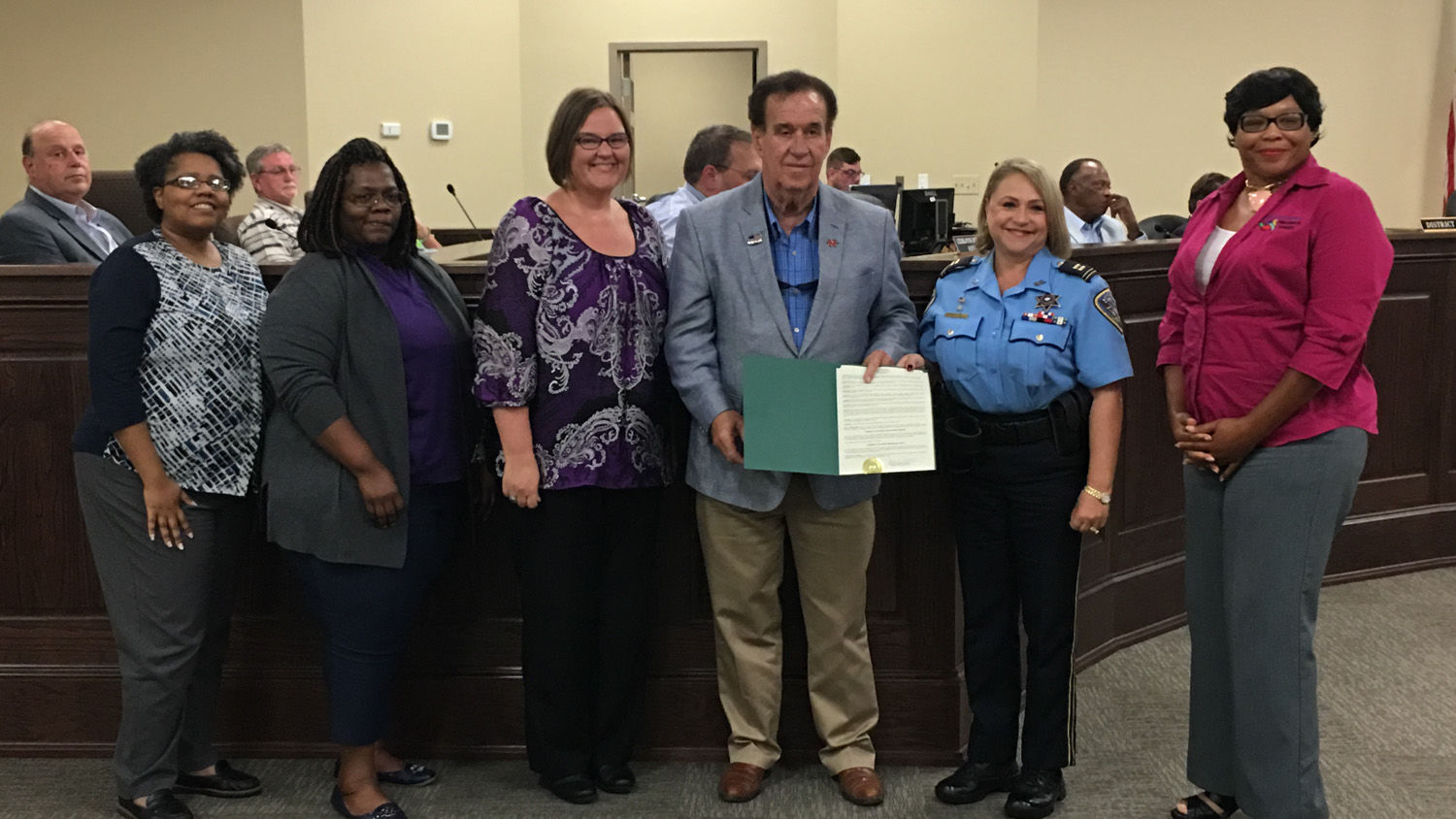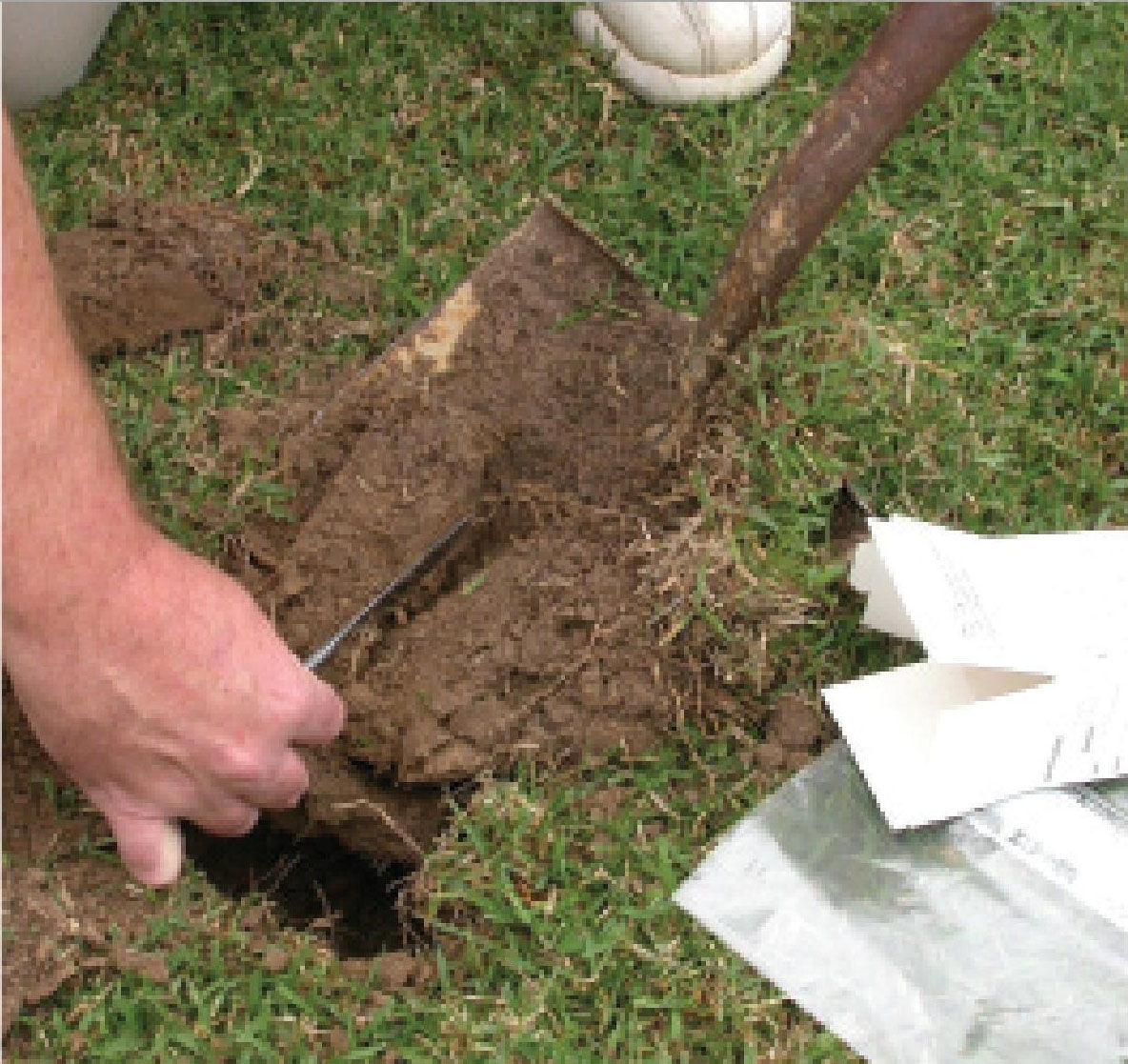First Amendment to the Constitution of the United States
October 4, 2018
Lafourche shines a light on domestic violence in October
October 4, 2018A common misconception is that the type of fertilizer you choose to use is based strictly on the type of plant you are growing. In other words, each type of plant has its own specially formulated fertilizer, and that’s what should be used. However, this is not the case.
Surprised? Wall, to see why this is wrong it’s important to look at what fertilizers are and why we use them Plants need certain mineral elements they absorb from the soil to be healthy.
All the plants you grow use the same essential elements. If any of these are in short supply, the health or performance of the plant will be affected to some degree — the more serious the deficiency, the more obvious the symptoms.
These essential elements are not food. They are not what plants “eat,” and they are not at all equivalent to tie food we feed ourselves or our pets. Plants make their own food from air and water through photosynthesis. It is impossible for you to literally feed the plants in your landscape.
A fertilizer is simply something we add to a plant’s environment that provides one or more essential element The role of fertilizers is to supplement the mineral nutrients that are already present and available to a plant. If a plant is already getting enough of an essential element from its environment, adding more of that nutrient will not benefit the plant in the least. A fertilizer will only help a plant if it provides a nutrient that is in such short supply that the health or performance of a plant is affected.
Because all the plants yon grow use the same essential elements, the idea that each type of plant, such as roses, tomatoes, lawn grasses, flowers and fruit trees, require a separate and different fertilizer is simply not accurate.
That being said, the type of plant can influence what fertilizer we purchase and how we use it.
While the fertilizer we choose can be influenced by what plants we are growing, it is governed primarily by nutrient levels in the soil. Choosing a fertilizer for your landscape does not depend so much on what you are growing — it is determined primarily by which nutrients are in short supply in the soil and need to be supplemented and which don’t.
You cannot simply look at the soil and know what the nutrient levels are. The key to proper fertilizing is a soil test.
A soil sample should be submitted for testing from each unique area of your landscape, especially if the soils may be different due to past treatment or location.
The test re suits you receive will tell you the texture of your soil. You will also learn the pH of your soil, which reveals how adder alkaline it is If necessary, the pH of the soil can be adjusted higher by the addition of lime or lowered by the addition of sulfur
The fertility of the soil is indicated in the test results by the levels of phosphorus, potassium, calcium, magnesium, copper, sulfur and zinc. Ideally, the levels should be medium to very high. Fertilizer recommendations you receive with the test results are based an these level B.
Soil testing can be done anytime of the year, but fall is an excellent time. When you get your tests back and see the nutrient levels of your soil, yon will be better informed when the spring fertilizer season arrives next year







